VALERIE JAUDON (b. 1945)
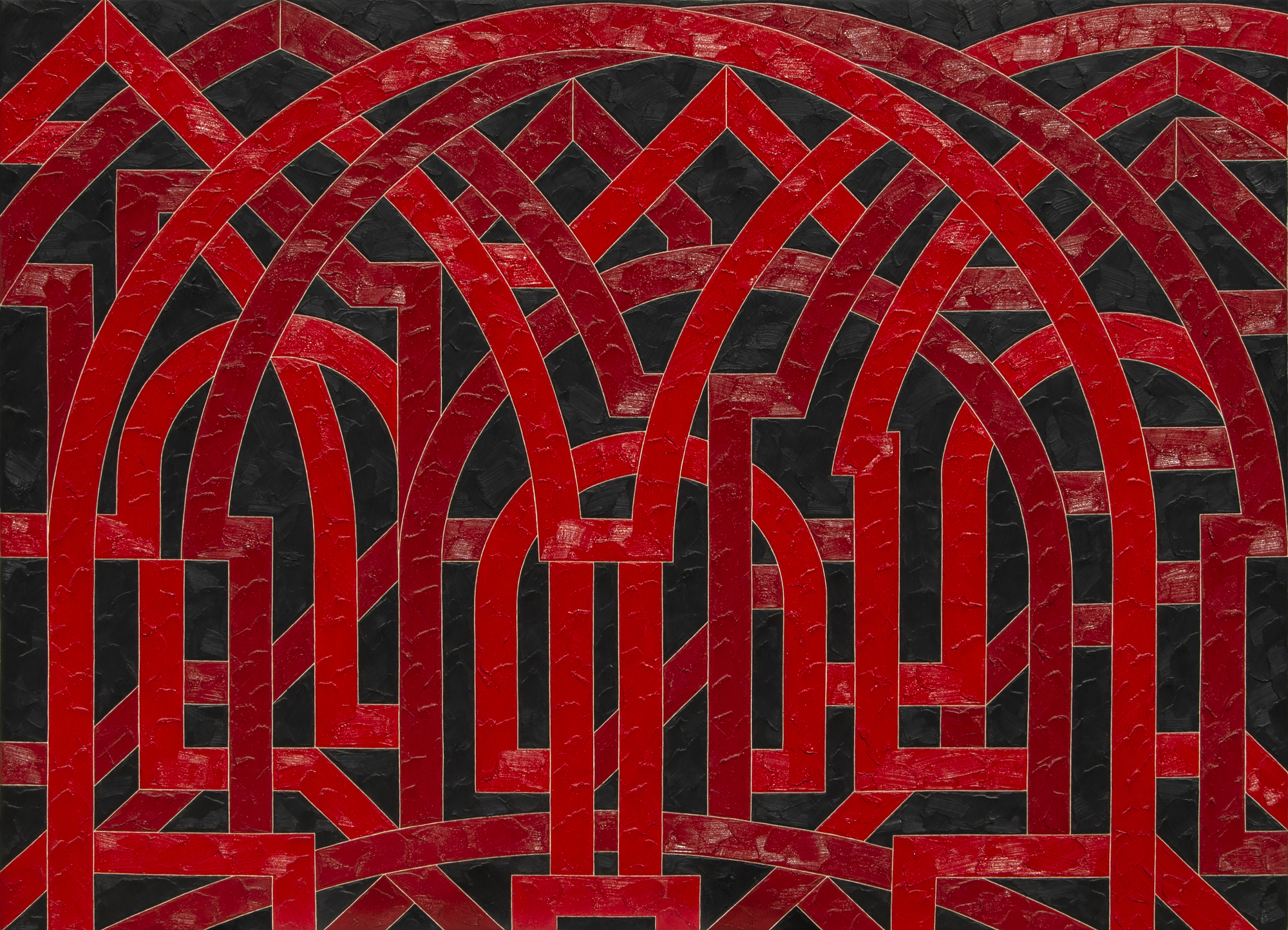
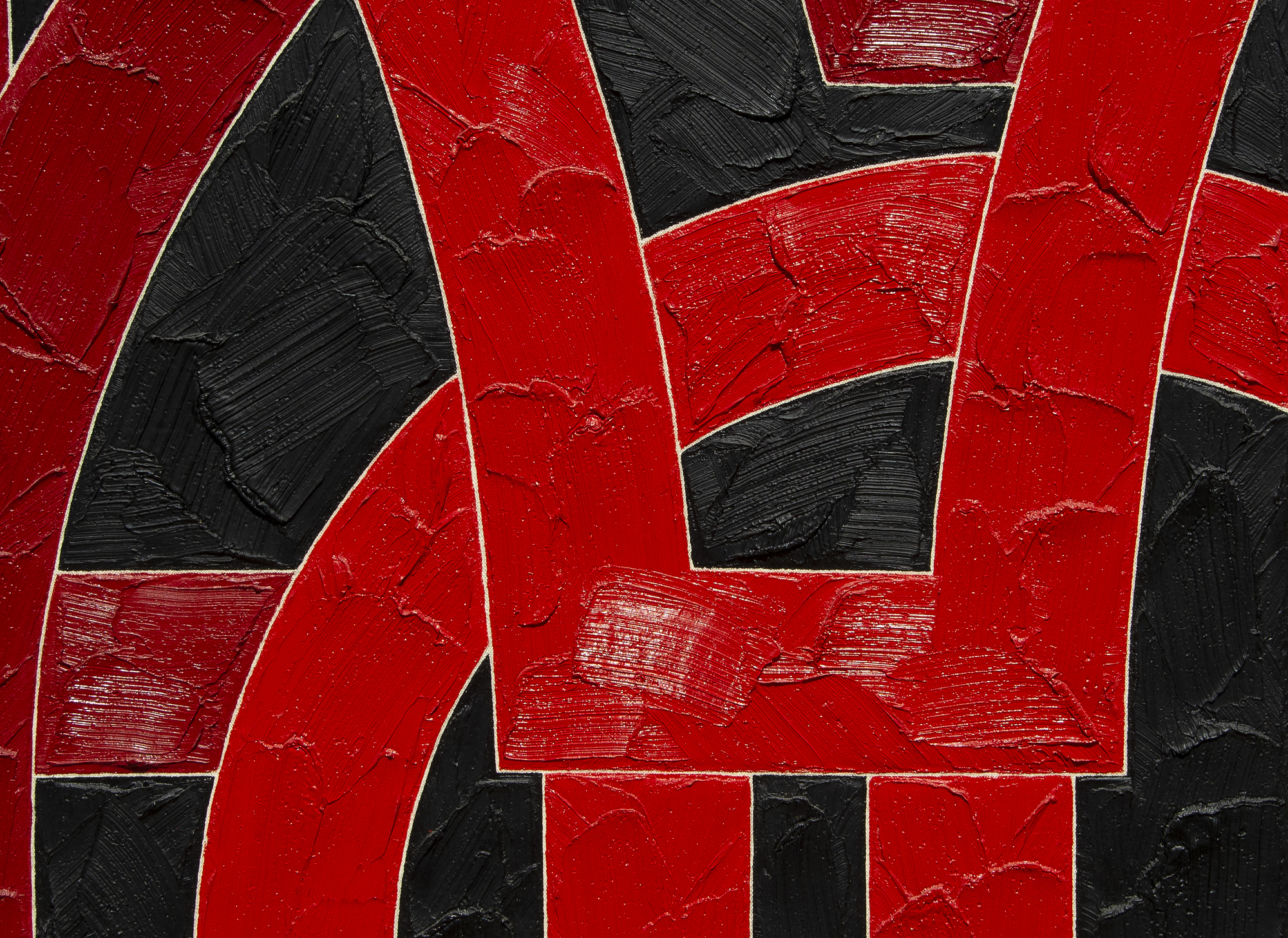
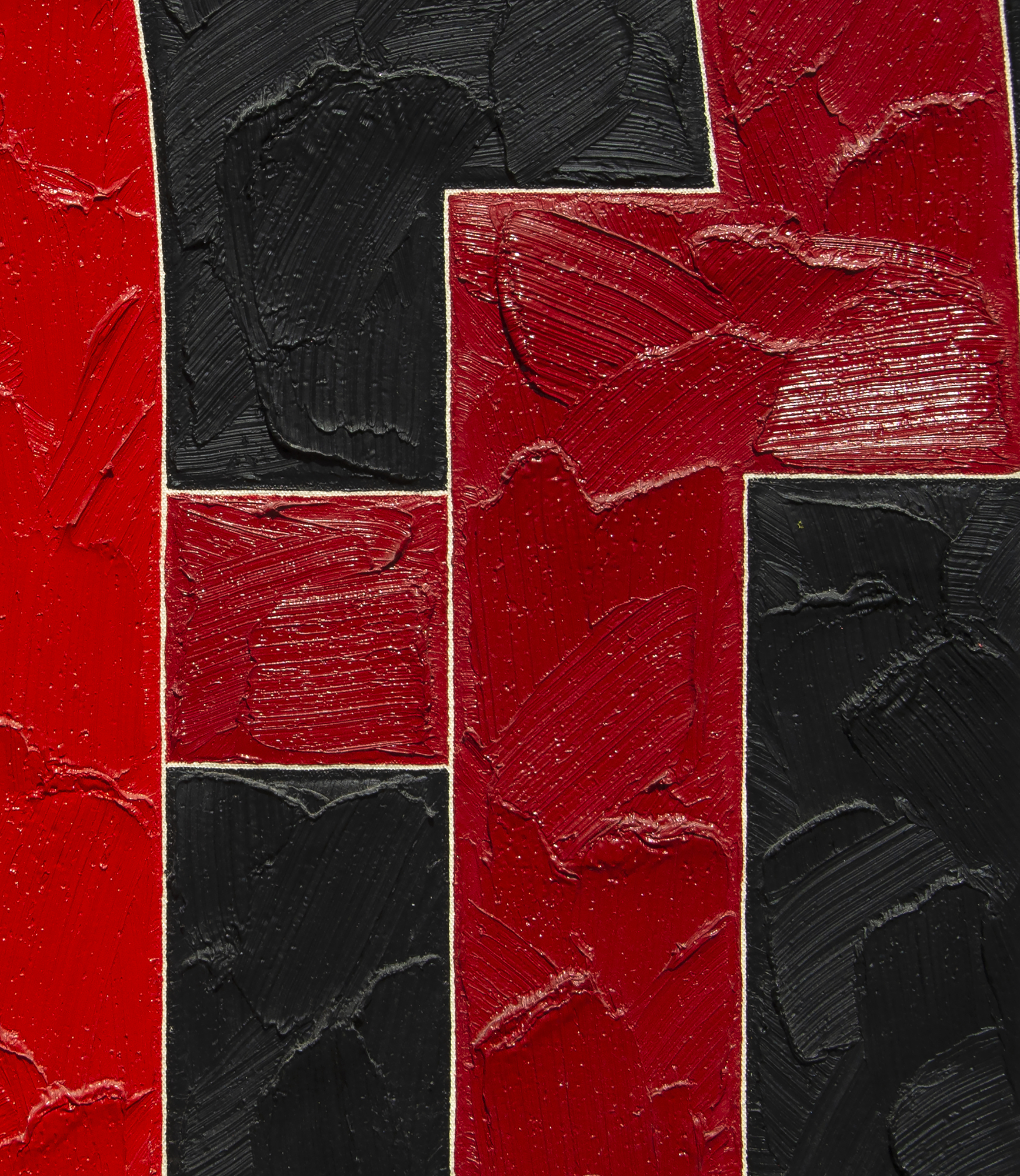

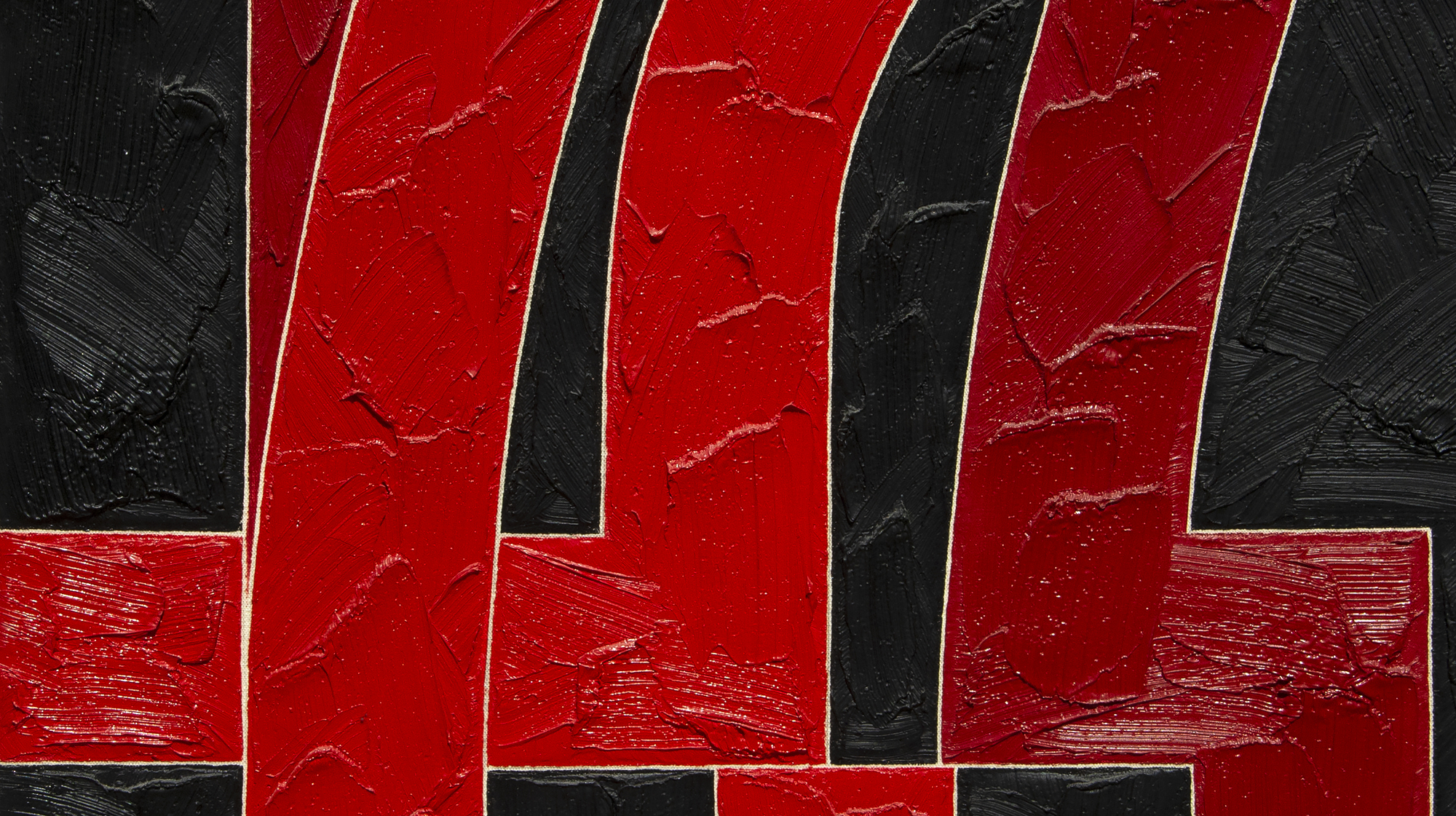
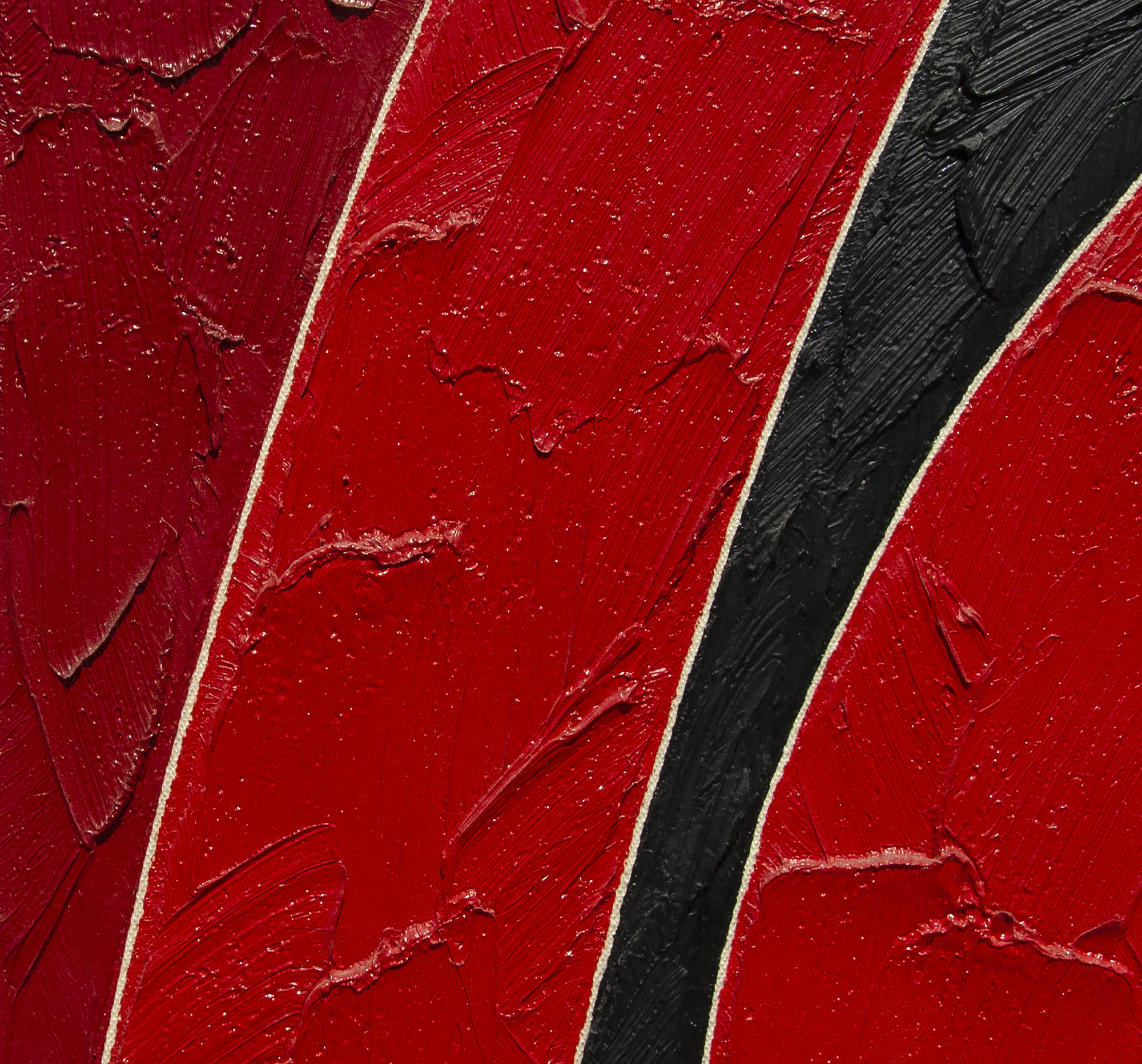
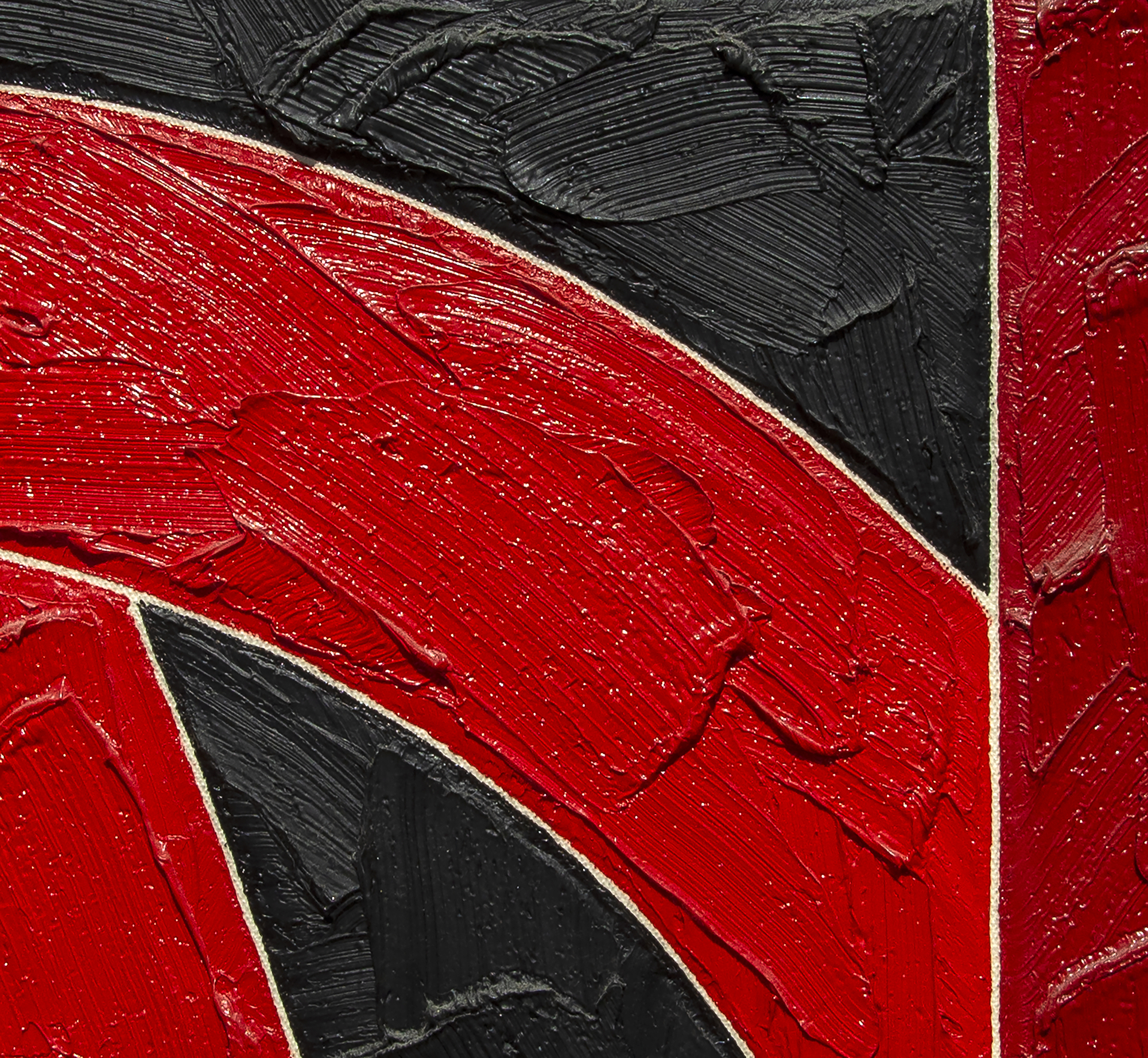
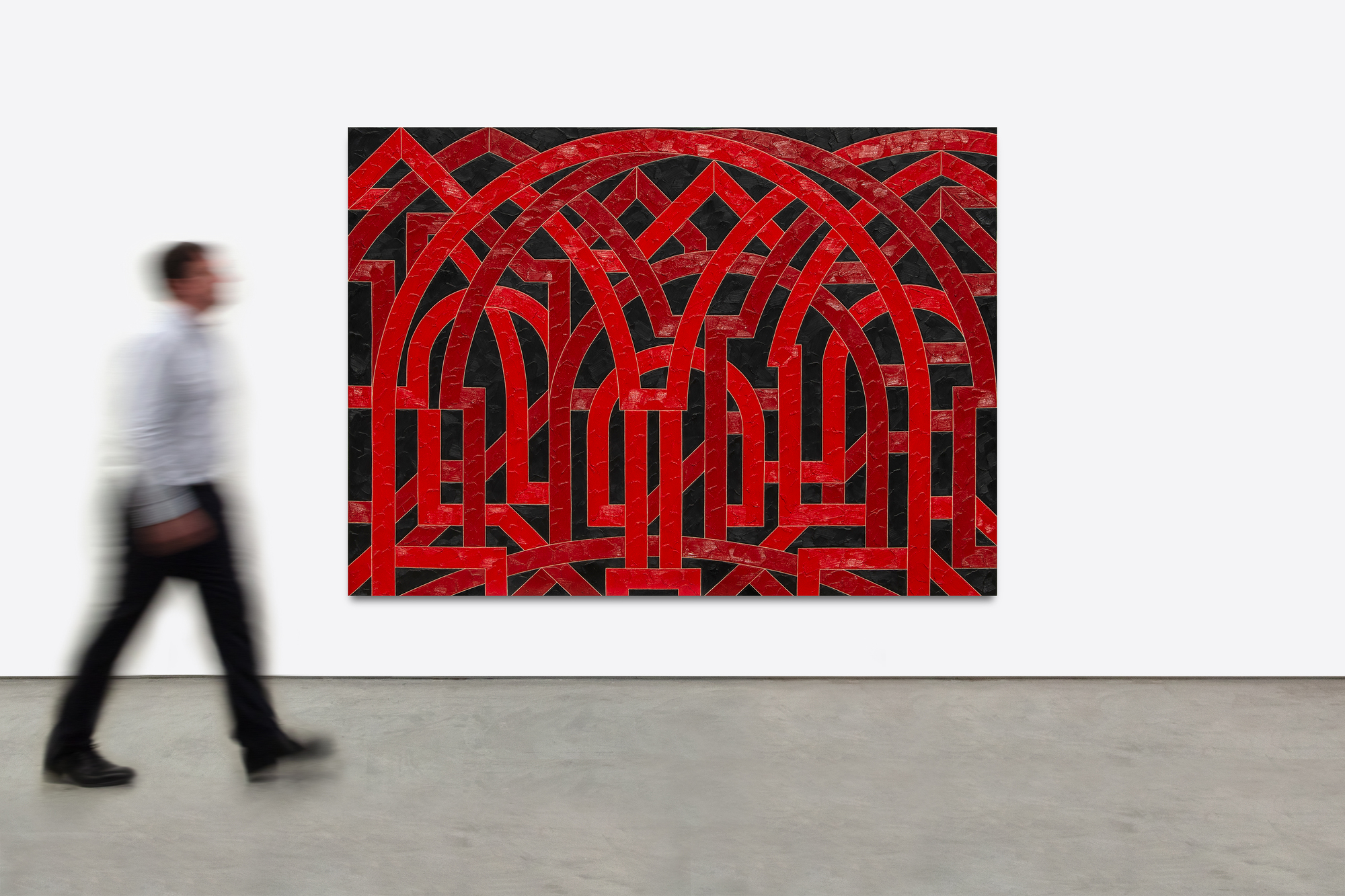
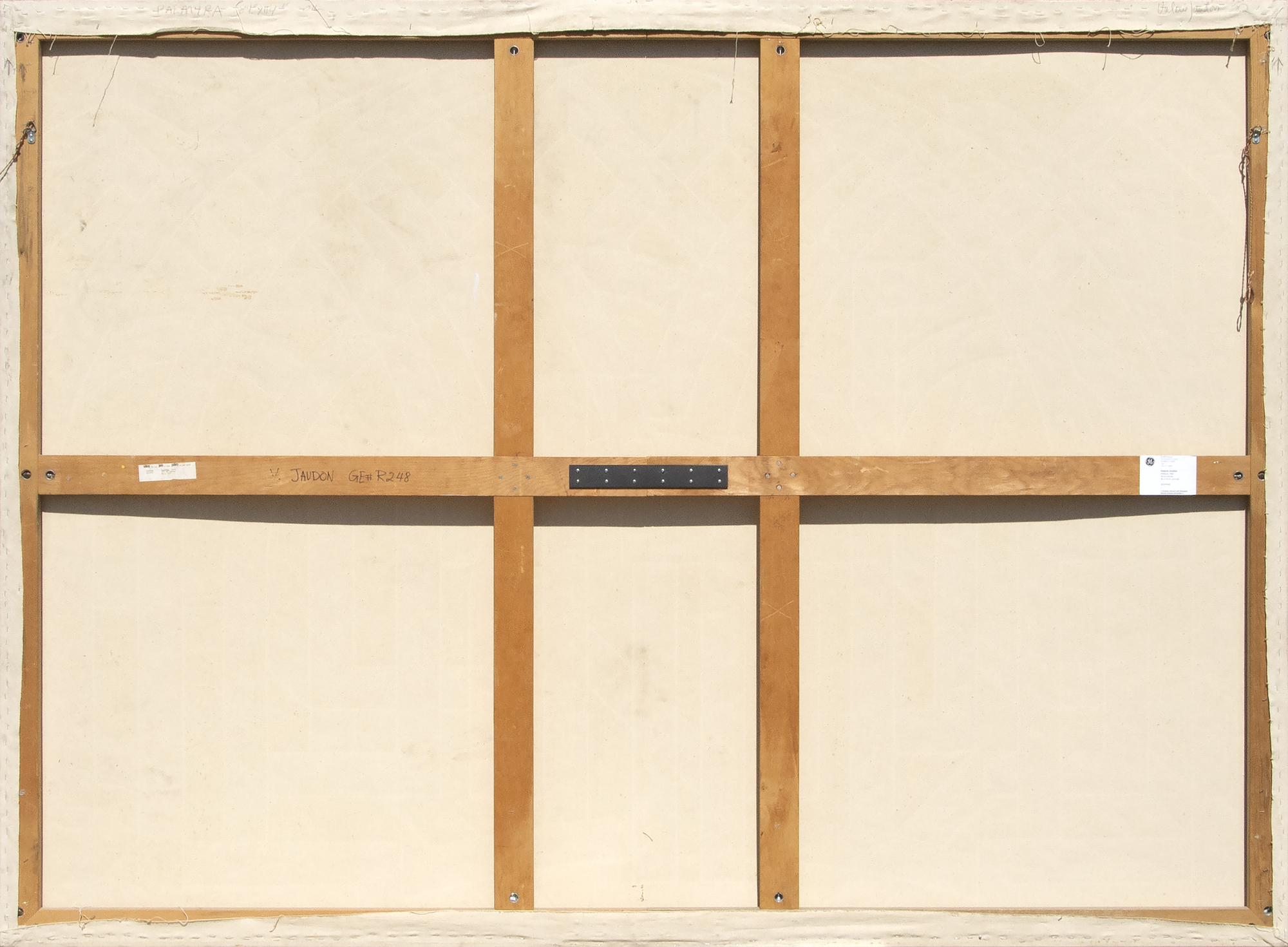
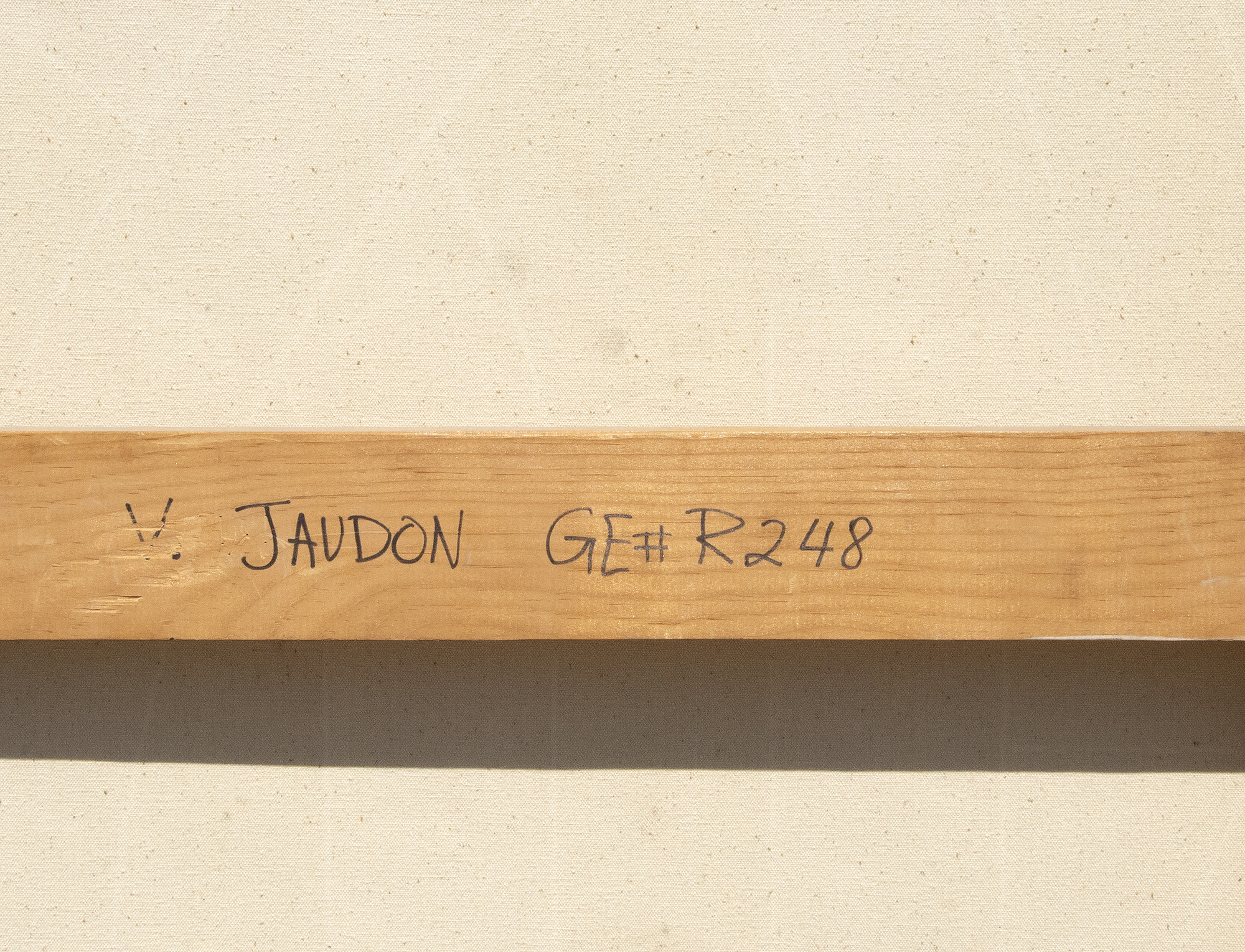
Provenance
Collection corporative de General ElectricHeather James Fine Art, Palm Desert
125,000
En même temps, Palmyra illustre la capacité de Jaudon à créer des œuvres esthétiquement belles. Jaudon entrelace des nuances de rouge dans des arabesques ornées rappelant la pierre gothique, les nœuds celtiques et la calligraphie islamique. La netteté des lignes contre l'empâtement et la superposition des tons rouges donnent l'impression que les lignes sont sculptées comme de la pierre.


